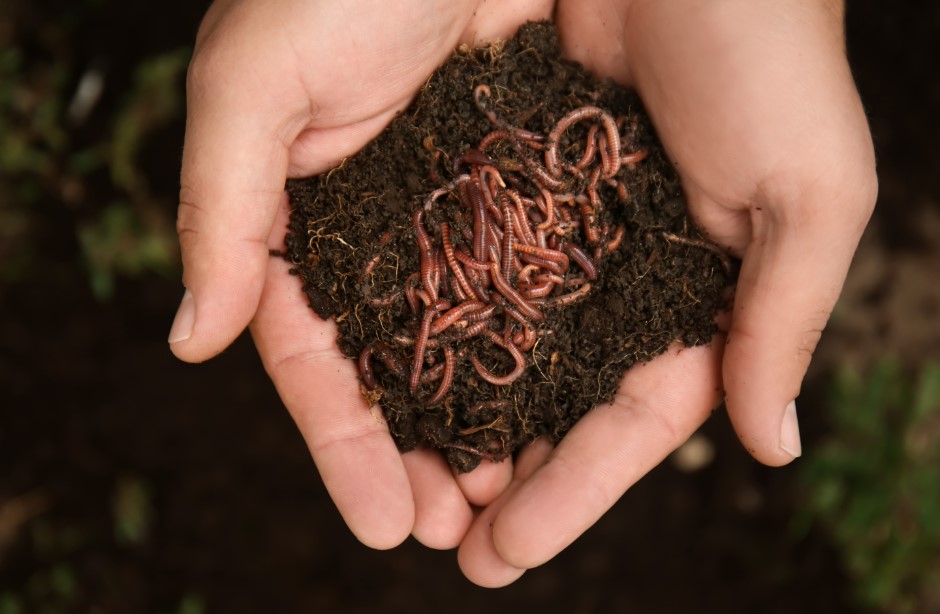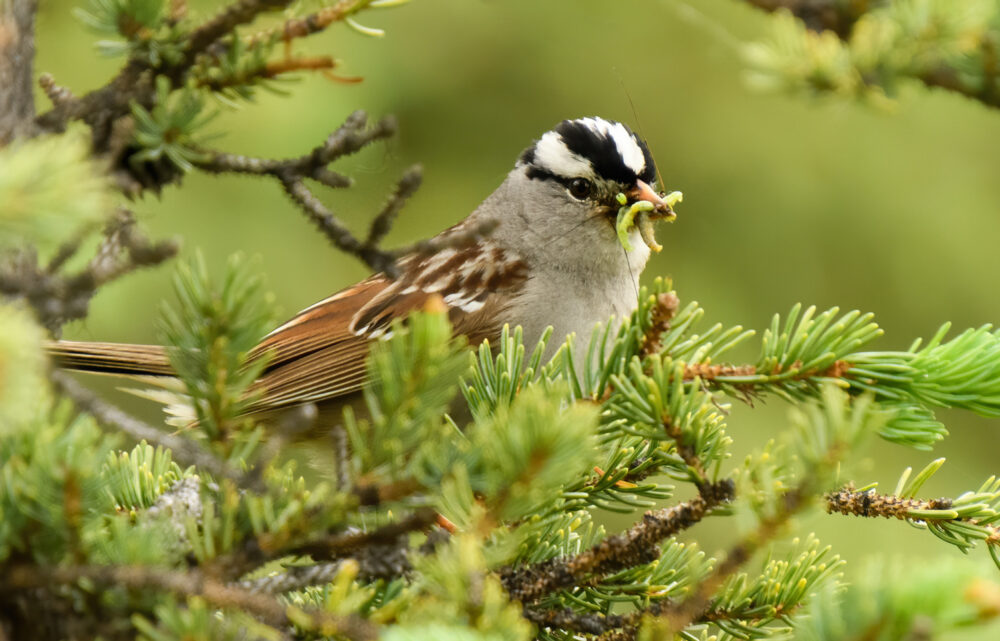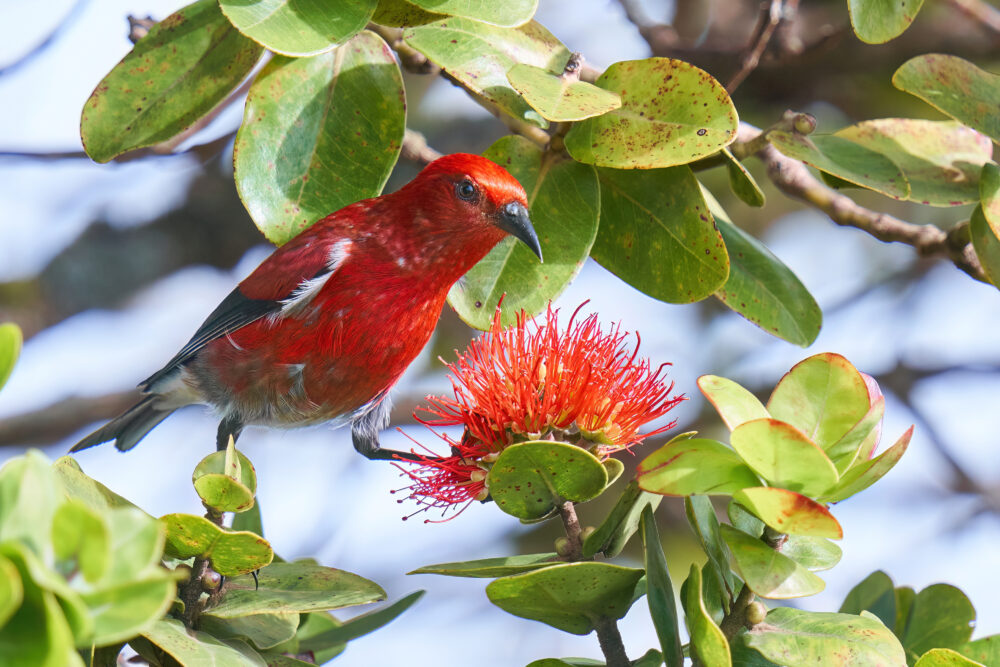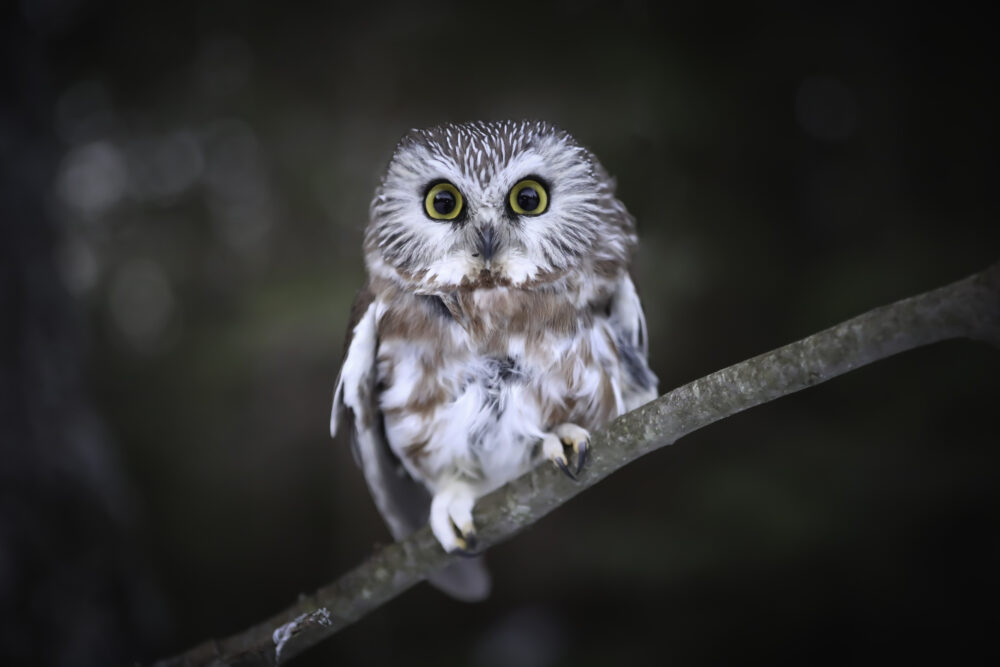We have much more to do and your continued support is needed now more than ever.
Taking a Bite Out of Stink Bugs

They fly, they crawl, they cluster and they might even eat some of your food. Chances are you’ve seen or smelled one crawling on your wall or on your shoulder. The saga of the brown marmorated stink bug continues, but a new chapter in this creepy tale of home invasion may eventually lead to a happy ending for homeowners, farmers and people who don’t like to be grossed out.
Stink bugs are native to Asia, but hitched a ride to the United States and decided to stay, especially inside the warm walls of homes across America. While the invasive insect doesn’t bite people and usually doesn’t carry diseases, it has taken a big bite out fruit farms and local economies, ruining several harvests in the Mid-Atlantic region last year. And, as the name implies, they smell pretty bad. These little buggers thrive in the U.S. because they have no natural enemies, except for, perhaps, homeowners and fruit farmers. But, the enemy of an enemy can be a friend, and for those battling stink bugs, their new friend may be another insect.
Scientists at the United States Department of Agriculture (USDA) are researching a parasitic Asian wasp as a possible solution to a bad bug problem. The wasp, which is smaller than a gnat, lays its eggs inside of stink bug eggs. As the parasites begin to grow, they eat the stink bugs before they hatch. Before USDA researchers can let the wasps take a bite out of stink bugs in the U.S., they have to make sure the parasites won’t attack other insects. Until then, homeowners may want to keep their brooms and their vacuum cleaners handy. But, if you can’t beat ’em, eat ’em. Click “>here to see NWF naturalist Dave Mizejewski take a big, warm, crunchy bite out of stink bugs.





















